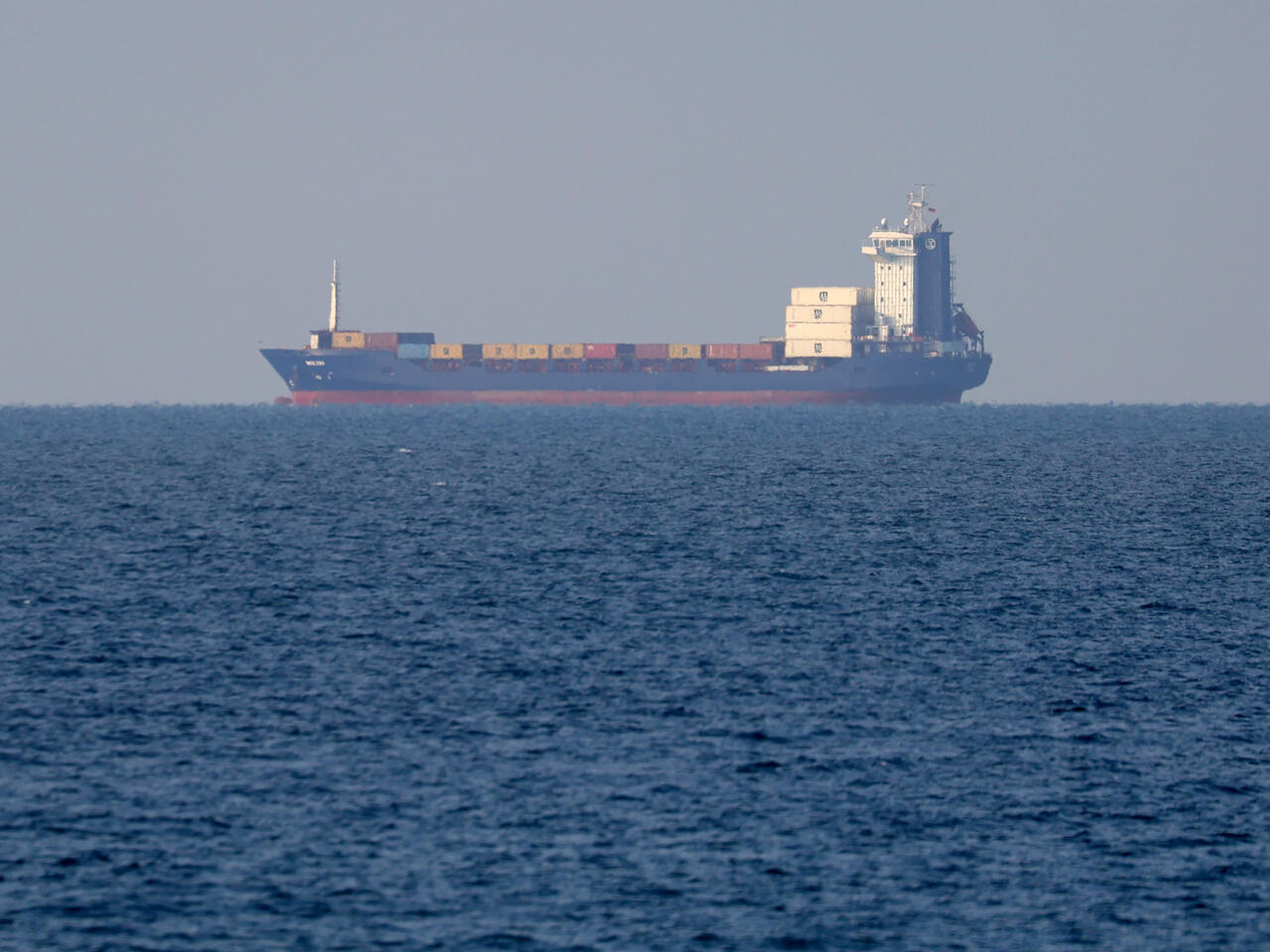The ABS has issued the Dual-Fuel Solutions for Newbuild Vessels report, which examines alternative fuels and dual-fuel propulsion options focused on hydrocarbon-based fuel coupled with liquefied natural gas (LNG), methanol and ammonia.
According to the report, LNG is currently the most mature fuel solution; offering significant emissions reductions compared to conventional marine fuels. In addition, biogas (BioLNG) has the same chemical composition as LNG and is a drop-in fuel in LNG systems. However, challenges include the complexity of fuel containment systems, high costs, and methane slip, which could limit long-term compliance with stringent emissions regulations. In the short term, using a green version of LNG (biogas or synthetic LNG) for LNG carriers will be more challenging because they usually burn the cargo they carry.
Methanol is emerging as a viable alternative for the marine industry due to its lower carbon footprint and simpler onboard handling. Similarly to LNG, the green versions of methanol (biomethanol and synthetic methanol) can easily be used as drop-in fuels in methanol systems. The existing infrastructure for methanol bunkering (based on its wide use in the chemical industry and the large volume shipped around the world) is a benefit, but its lower energy density and high flammability require careful management and additional safety measures.
Ammonia is a promising carbon-free fuel, but its adoption faces significant hurdles related to toxicity and handling. Despite these challenges, ammonia’s potential for near-zero emissions makes it a key contender for future-proofing against ever more stringent GHG reduction regulations. Green ammonia can be produced without the need for biogenic carbon. This is a significant advantage compared to the other fuels. Similarly to LNG and methanol, blue and green ammonia is a drop-in fuel for ammonia systems on board ship.
The industry is transitioning from conventional Tank-to-Wake (TtW) emissions evaluations to a Well-to-Wake (WtW) approach, accounting for the entire life-cycle emissions of fuels. This shift demands that shipowners consider alternative fuels that can meet both current and future regulatory standards, such as the IMO’s Revised Strategy and the relevant elements of EU’s Fit for 55 legislative package (e.g., EU Emission Trading Scheme (EU ETS), FuelEU Maritime, etc.).
Economic analysis suggests that while DF LNG and DF methanol vessels have higher initial investment costs, they offer varying levels of regulatory compliance and operational cost savings over time. Ammonia, though currently less developed, could provide substantial long-term compliance benefits due to its near-zero GHG emissions potential. The choice of fuel impacts not only the design and construction of vessels but also their operational efficiency, safety and long-term viability in a decarbonizing industry.
The key decision factors that shipowners should consider are:
Fuel Infrastructure Availability: Is the supply chain ready to support the fuel choice?
Regulatory Compliance: How does the fuel align with evolving IMO and EU requirements?
Operational Impact: What are the implications for vessel range, efficiency and safety?
Economic Feasibility: What are the upfront costs vs. long-term savings?
Determine the most suitable fuel containment system (Type A, B, C or membrane for LNG; appropriate tanks for methanol and ammonia) based on vessel design, space availability and operational profile. Consider the implications of tank type on safety, cost and operational complexity.
Specify the design requirements for the FSS, considering the need for redundancy, pressure management and compatibility with the selected fuel. Investigate the integration of safety measures such as double-walled piping, inert gas systems and appropriate venting solutions.
The non-hazardous machinery space concept should be chosen to minimize complexity and cost, especially considering the high toxicity of ammonia.
Safety considerations: Focus on the safety systems associated with each fuel, such as gas detection, fire suppression and emergency shutdown systems. Pay special attention to the design of machinery spaces, bunkering stations and ventilation systems to comply with the International Code of Safety for Ships Using Gases or other Low-Flashpoint Fuels (IGF Code) and the International Code for the Construction and Equipment of Ships Carrying Liquefied Gases in Bulk (IGC Code).
Corrosion and material compatibility: For methanol and ammonia, all materials in contact with these fuels are to be resistant to corrosion. Specify the use of stainless steel, special coatings or compatible non-metallic materials where necessary.
Machinery space concept: The design should facilitate efficient and safe bunkering operations, considering the need for vapor return systems, pressure control and compatibility with bunker vessels. Evaluate the implications of bunkering on operational schedules and routes.
Regulatory compliance: The vessel’s design and fuel systems meet the latest IMO and EU regulatory requirements, particularly regarding GHG emissions and safety. An important element is the gradual shift to WtW emissions which highlights the need to consider the selection of the fuel under the life-cycle perspective.
Operational impact: Assess the impact of the selected DF system on the vessel’s operational efficiency, including fuel availability, infrastructure readiness, availability of skilled crew and the potential for reduced cargo capacity due to larger fuel tanks.
Technology maturity: Examine the technological readiness level of each fuel option. Liquefied natural gas is the most mature, methanol use in main engines, FSS and tanks are mature as well, while ammonia presents emerging but less proven alternatives. The first ammonia-fueled oceangoing ship will be going into service around the beginning of 2026. Evaluate the reliability and service experience of engines and FSS for each fuel.
ABS provides in-depth analysis in this report, letting owners know what to consider and what to pay close attention to as they are planning new vessels,
ABS provides in-depth analysis in this report, letting owners know what to consider and what to pay close attention to as they are planning new vessels,
… said Stergios Stamopoulos, ABS Director, Global Sustainability.






